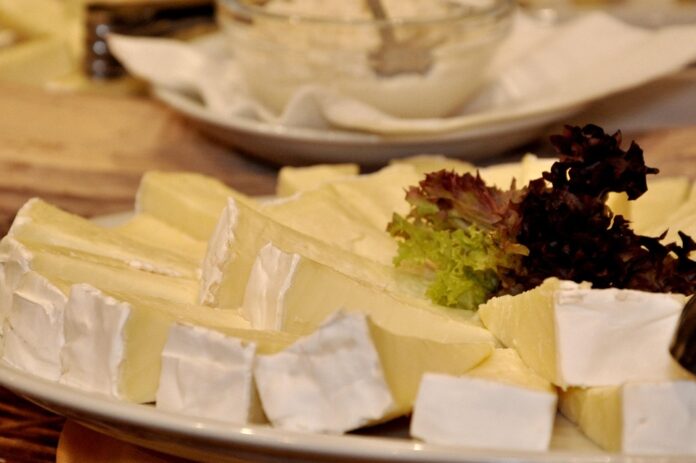The Rise of Brie Cheese as a Global Gourmet Favorite
A Brief History of Brie Cheese
Brie cheese, a soft cow’s milk cheese named after the French region of Brie, has a long and storied history that dates back to the 8th century. Traditionally made in small, artisanal dairies in France, Brie was originally enjoyed by French royalty and nobility. Over time, its popularity spread beyond the borders of France, becoming a staple in gourmet cuisine around the world.
Factors Contributing to Brie Cheese’s Global Popularity
There are several key factors that have contributed to the rise of Brie cheese as a global gourmet favorite. One of the main reasons for its popularity is its rich and creamy texture, which is a result of the high fat content in cow’s milk. This luxurious mouthfeel sets Brie apart from other cheeses and makes it a favorite among cheese connoisseurs.
Another factor that has helped propel Brie cheese to international fame is its versatility in cooking. Brie can be enjoyed on its own as a standalone cheese, or it can be melted over crusty bread or used as a creamy sauce for pasta dishes. Its mild and buttery flavor profile makes it a versatile ingredient that can be incorporated into a wide range of dishes.
Additionally, the rise of the foodie culture and the growing interest in gourmet cuisine have also played a role in the popularity of Brie cheese. As consumers become more adventurous in their culinary pursuits, they are increasingly seeking out unique and high-quality ingredients like Brie to elevate their dining experiences.
Market Trends and Industry Insights
The global market for Brie cheese has seen steady growth in recent years, driven by increasing demand from both consumers and the foodservice industry. According to a report by Market Research Future, the global Brie cheese market is projected to reach a value of $1.5 billion by 2023, with a compound annual growth rate of 3.5% from 2017 to 2023.
One of the key trends shaping the Brie cheese market is the growing popularity of organic and artisanal cheeses. Consumers are increasingly seeking out products that are made using traditional methods and high-quality ingredients, and Brie cheese fits the bill perfectly. Artisanal dairies and cheesemakers are capitalizing on this trend by producing small-batch, handcrafted Brie cheeses that appeal to discerning consumers.
Another trend driving the growth of the Brie cheese market is the rise of e-commerce and online grocery shopping. With the convenience of ordering gourmet products like Brie cheese online, consumers are able to access a wider variety of cheeses from around the world, further fueling the demand for Brie cheese.
Conclusion
In conclusion, Brie cheese has cemented its status as a global gourmet favorite, thanks to its rich and creamy texture, versatile flavor profile, and growing popularity in the foodie culture. With the market for Brie cheese continuing to expand, driven by consumer demand for high-quality and artisanal products, it is clear that Brie cheese will remain a staple in gourmet cuisine for years to come.


